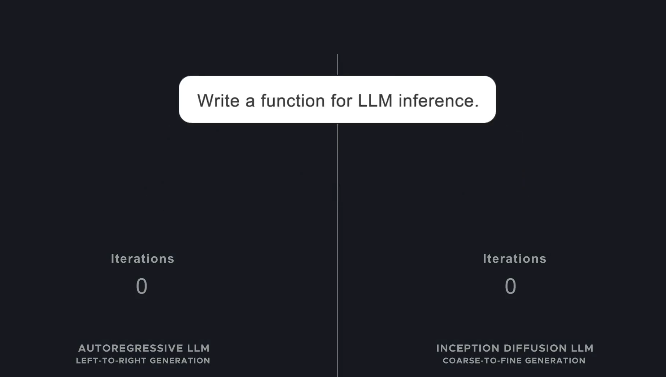While the global AI competition still focuses on the parameters and context length of language models, AI pioneer Fei-Fei Li sounds a startling warning: true intelligence is never just "being able to speak" — it's the ability to understand and master the physical world, known as "Spatial Intelligence." In her latest blog post, she clearly states that if AI cannot grasp spatial reasoning, object relationships, and dynamic prediction, so-called "general artificial intelligence" will ultimately remain an illusion.
Spatial Intelligence: The Fundamental Engine of Human Intelligence
Fei-Fei Li emphasizes that spatial intelligence is the cornerstone of human cognition, much earlier than the emergence of language. From infants reaching out to grab toys, to scientists deducing the DNA double helix structure through X-ray diffraction patterns; from ancient Greeks using shadows to measure the Earth's circumference, to engineers designing autonomous driving paths — all these breakthroughs rely on a deep understanding of space, shape, motion, and causality. However, current mainstream large models, although capable of generating fluent text, often make mistakes in basic physical common sense, such as whether a cup placed at the edge of a table will fall down.

Going Beyond "Next Word Prediction": Building an AI "World Model"
To break through this bottleneck, Fei-Fei Li proposes the need to build a new generation of World Model — a multimodal system capable of generating, interacting with, and predicting the state of physical environments. This model must possess three core capabilities:
Perceiving three-dimensional or even four-dimensional (including time) data, rather than just processing two-dimensional images;
Understanding the causal chain between actions and outcomes, such as the chain reaction after "toppling a tower of blocks";
Learning through active interaction, rather than passively receiving labeled data.
There are three major challenges in achieving this goal: a new training paradigm (replacing "next word prediction"), extracting deep spatial structures from massive videos, and a new neural architecture supporting 3D/4D reasoning. Currently, Fei-Fei's team is working hard to overcome these challenges, aiming to integrate computer vision, embodied intelligence, and generative AI deeply.
Three-Stage Implementation: From Creativity to Science, Reshaping Human Productivity
Fei-Fei outlines the development path of spatial intelligence:
Short-term: Empowering movies, games, and virtual storytelling to achieve more realistic dynamic scene generation;
Middle-term: Allowing service robots to truly understand home environments, safely deliver items, and assist the elderly;
Long-term: Promoting scientific discoveries (such as molecular folding simulations), precision medicine (surgical path planning), and immersive education.
The Mission of AI Is to Enhance Humans, Not Replace Them
In the midst of technological fervor, Fei-Fei reiterates her consistent position: "The ultimate goal of AI is not to replace humans, but to expand the boundaries of human capabilities." She calls on academia and industry to jointly build an open and responsible spatial intelligence ecosystem, ensuring that the benefits of technology are shared by all humanity.
AIbase believes that Fei-Fei's declaration is not only a shift in technical direction, but also a calibration of the philosophy of AI development. When the industry returns from "language illusion" to "physical reality," AI will finally have the potential to go beyond chat windows, into factories, laboratories, and homes. This revolution in spatial intelligence may be the only path toward truly intelligent machines.










